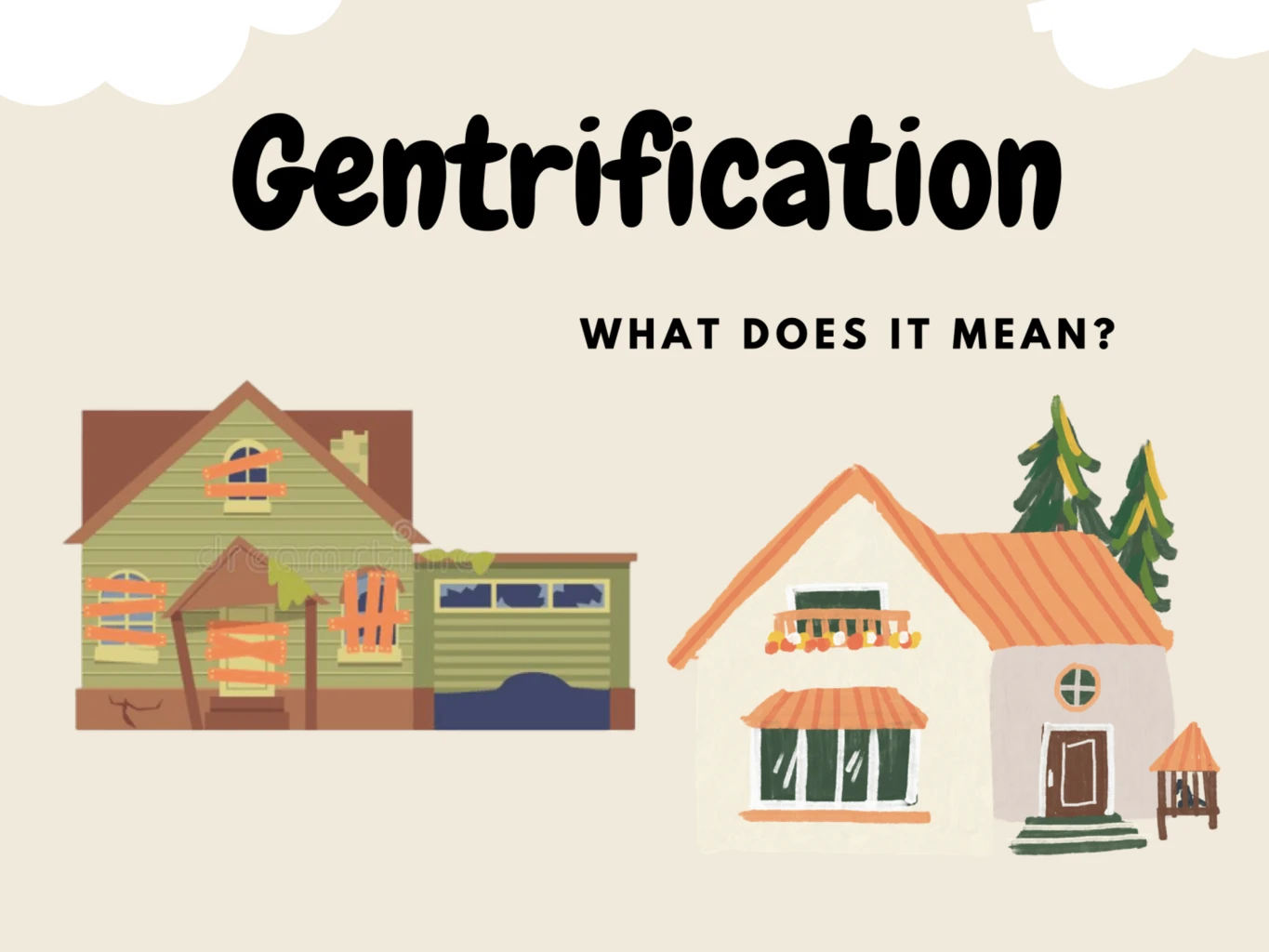Gentrification is a term often heard in discussions about urban development and real estate. In the context of Zimbabwe, where cities like Harare and Bulawayo are evolving rapidly, understanding gentrification is crucial for homeowners, investors, and communities. This article explores the concept of gentrification, its effects on neighborhoods, and the implications for property values in Zimbabwe.
Understanding Gentrification
Gentrification refers to the process where urban neighborhoods undergo transformation due to an influx of more affluent residents, often resulting in rising property values and rents. This process typically includes the renovation of housing, development of new businesses, and overall improvements to the area. In Zimbabwe, gentrification can be observed in various urban neighborhoods, particularly in areas previously deemed less desirable.
Key Characteristics of Gentrification:
- Increased Investment: New businesses, cafes, and shops move into the area, attracting wealthier residents.
- Rising Property Values: As demand for housing increases, property values and rental prices also rise, often displacing long-term residents.
- Cultural Shifts: The demographic changes can lead to shifts in the cultural landscape of the neighborhood, sometimes causing tension between new and existing residents.
The Impact of Gentrification on Neighborhoods
1. Economic Growth
Gentrification can lead to significant economic growth. According to a report from the Zimbabwe National Statistical Agency, neighborhoods experiencing gentrification, such as parts of Avondale in Harare, have seen property values rise by 20% to 30% over the past five years due to increased investment and development. This growth can lead to improved infrastructure, better public services, and more job opportunities.
2. Displacement of Residents
While gentrification can bring economic benefits, it often results in the displacement of long-term residents who can no longer afford rising rents or property taxes. This phenomenon has been observed in neighborhoods like Mbare, where revitalization projects have increased property values, pushing out many low-income families.
3. Changes in Community Identity
The influx of wealthier residents can alter the social fabric of a neighborhood. As new businesses cater to affluent tastes, local culture and traditions may diminish. This can lead to conflicts between new and existing residents, impacting community cohesion.
Gentrification in the Zimbabwean Context
1. Case Studies
In Zimbabwe, gentrification is evident in neighborhoods undergoing transformation. Areas like Belgravia and Greystone Park have seen an influx of investments, with many older homes being renovated and new developments emerging. As a result, property prices have surged, attracting buyers looking for modern amenities and conveniences.
2. Government Policies and Regulations
The Zimbabwean government has begun to recognize the implications of gentrification and is exploring policies to manage urban development more equitably. Initiatives to support affordable housing projects and preserve cultural heritage can help mitigate some adverse effects of gentrification.
Conclusion
Gentrification is a complex process that can significantly impact neighborhoods in Zimbabwe. While it can lead to economic growth and improved living conditions, it often comes with challenges such as displacement and cultural shifts.
For homeowners, investors, and community members, understanding gentrification is essential when navigating the Zimbabwean real estate market. Whether you are looking for houses for sale in Harare or interested in investing in developing neighborhoods, being aware of these dynamics can help you make informed decisions.
For more insights into urban development and real estate in Zimbabwe, visit property.co.zw, your trusted source for real estate information.
 Continue with Facebook
Continue with Facebook
 Continue with Email
Continue with Email














